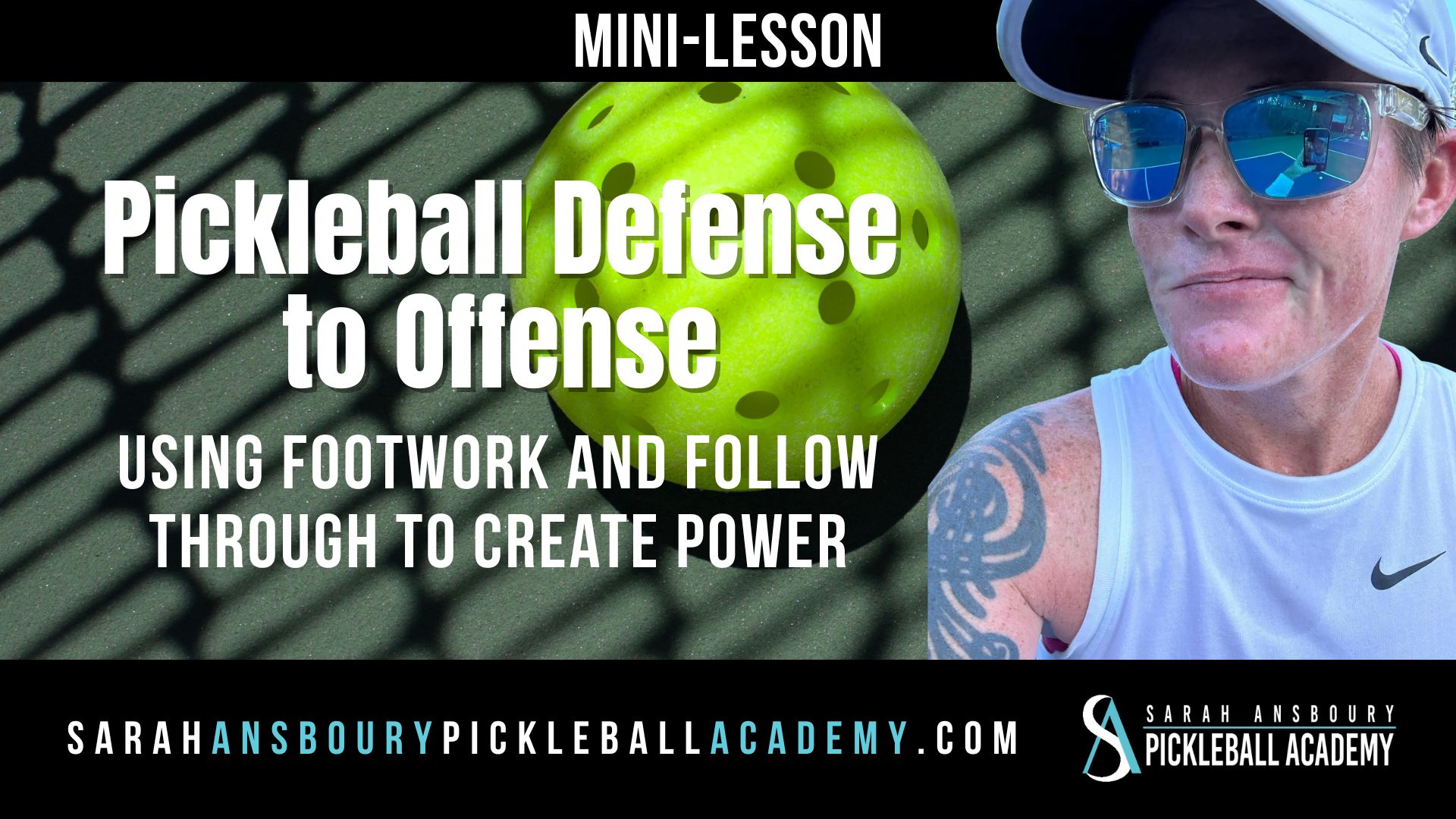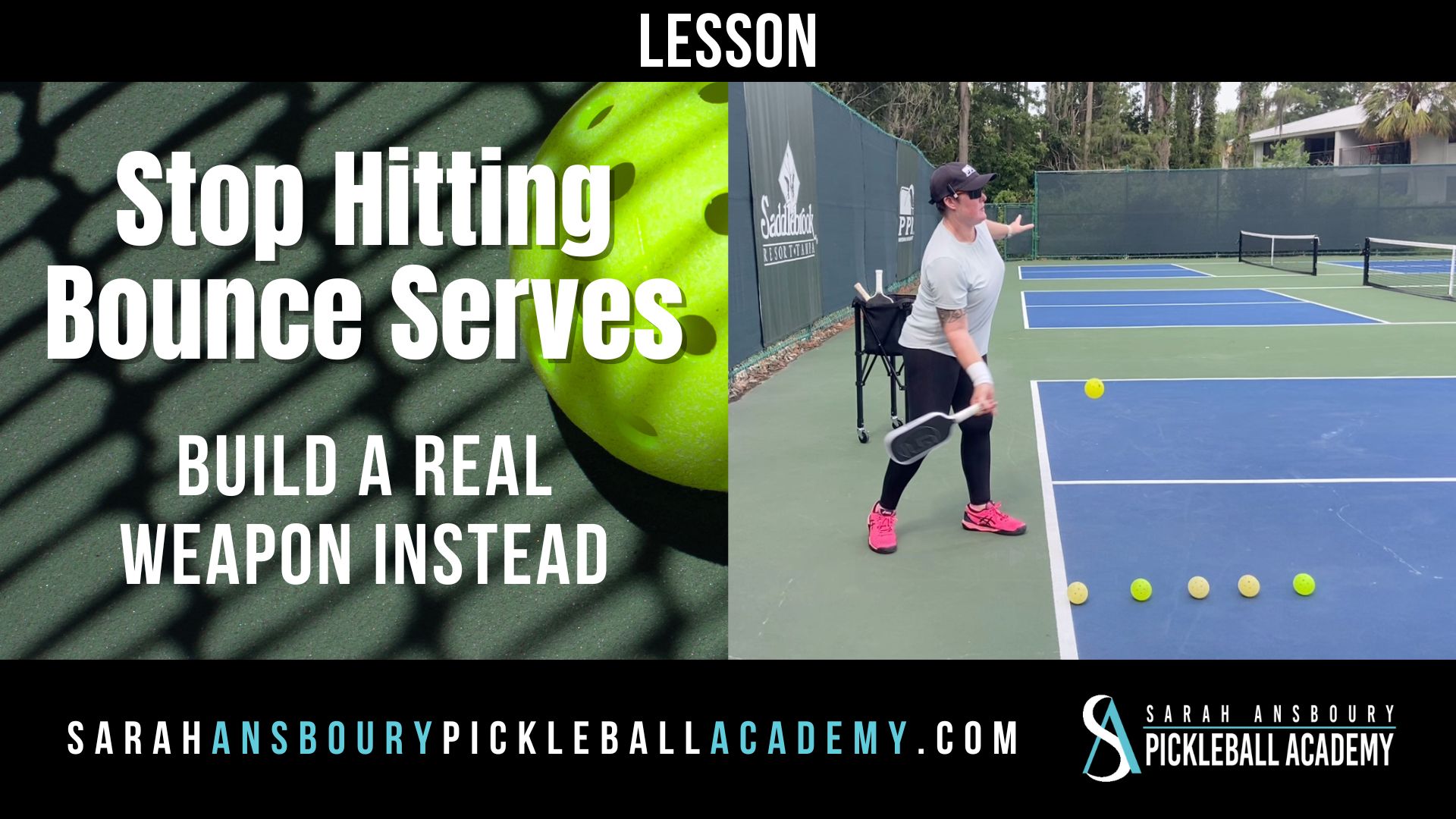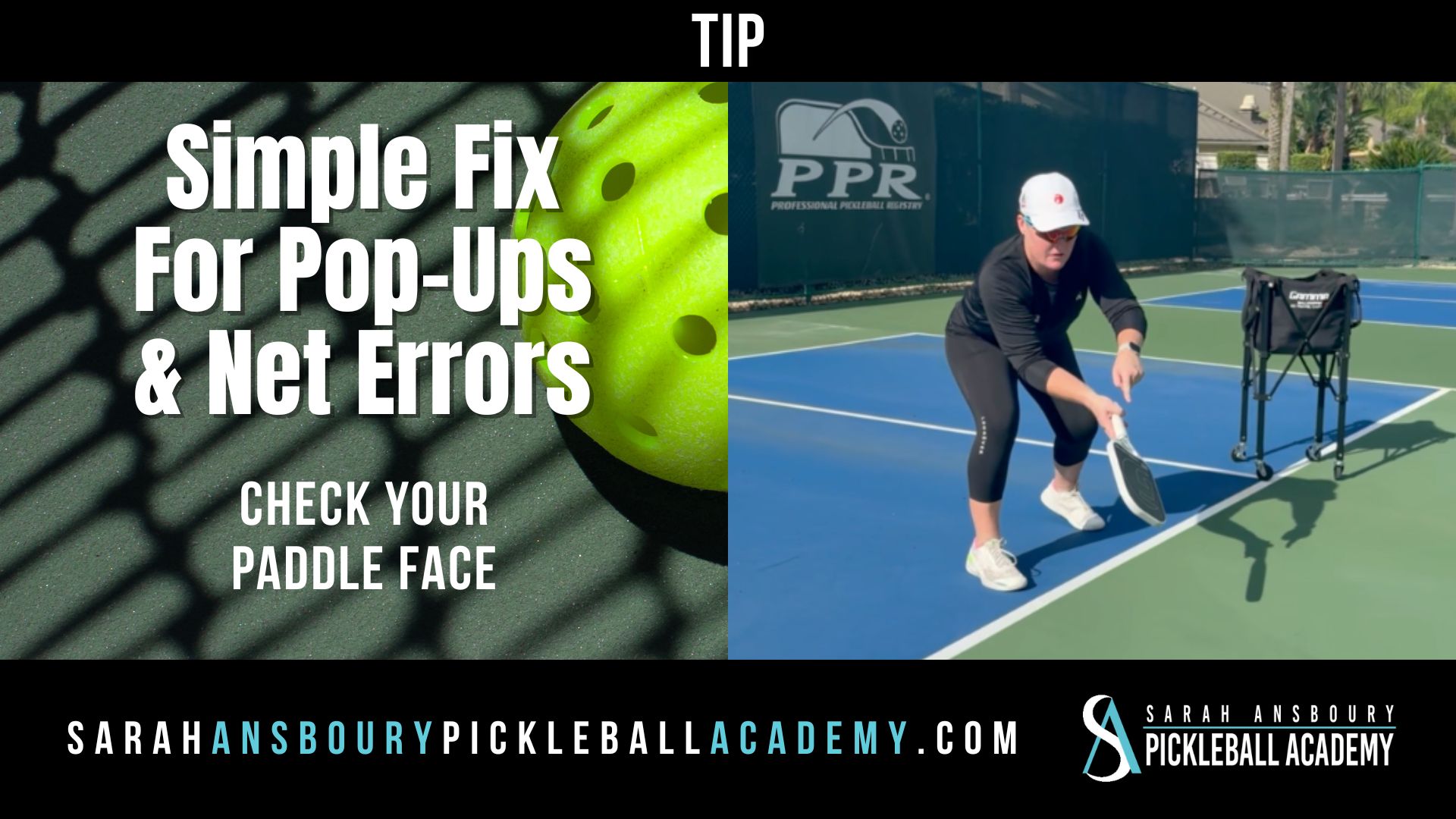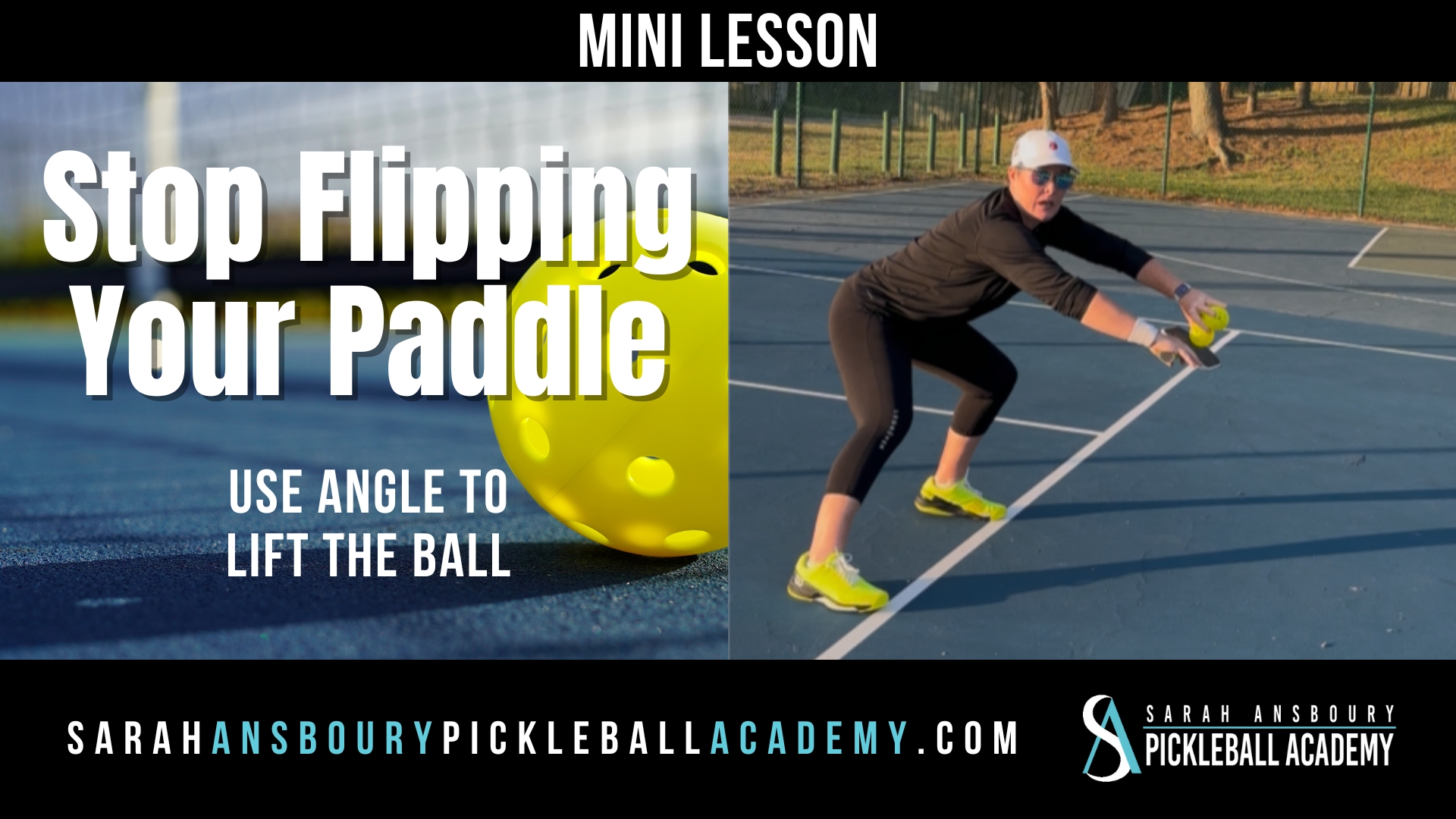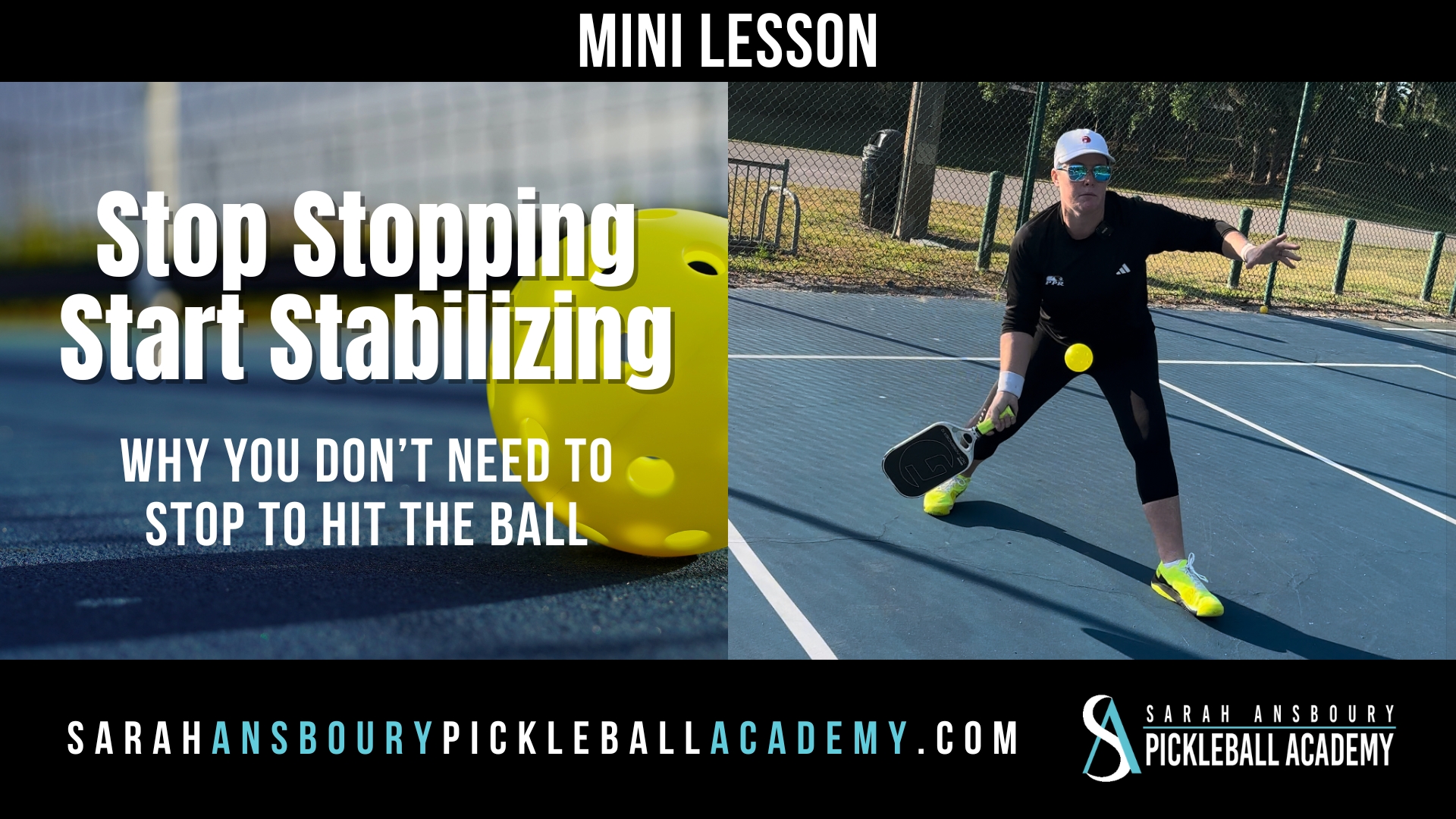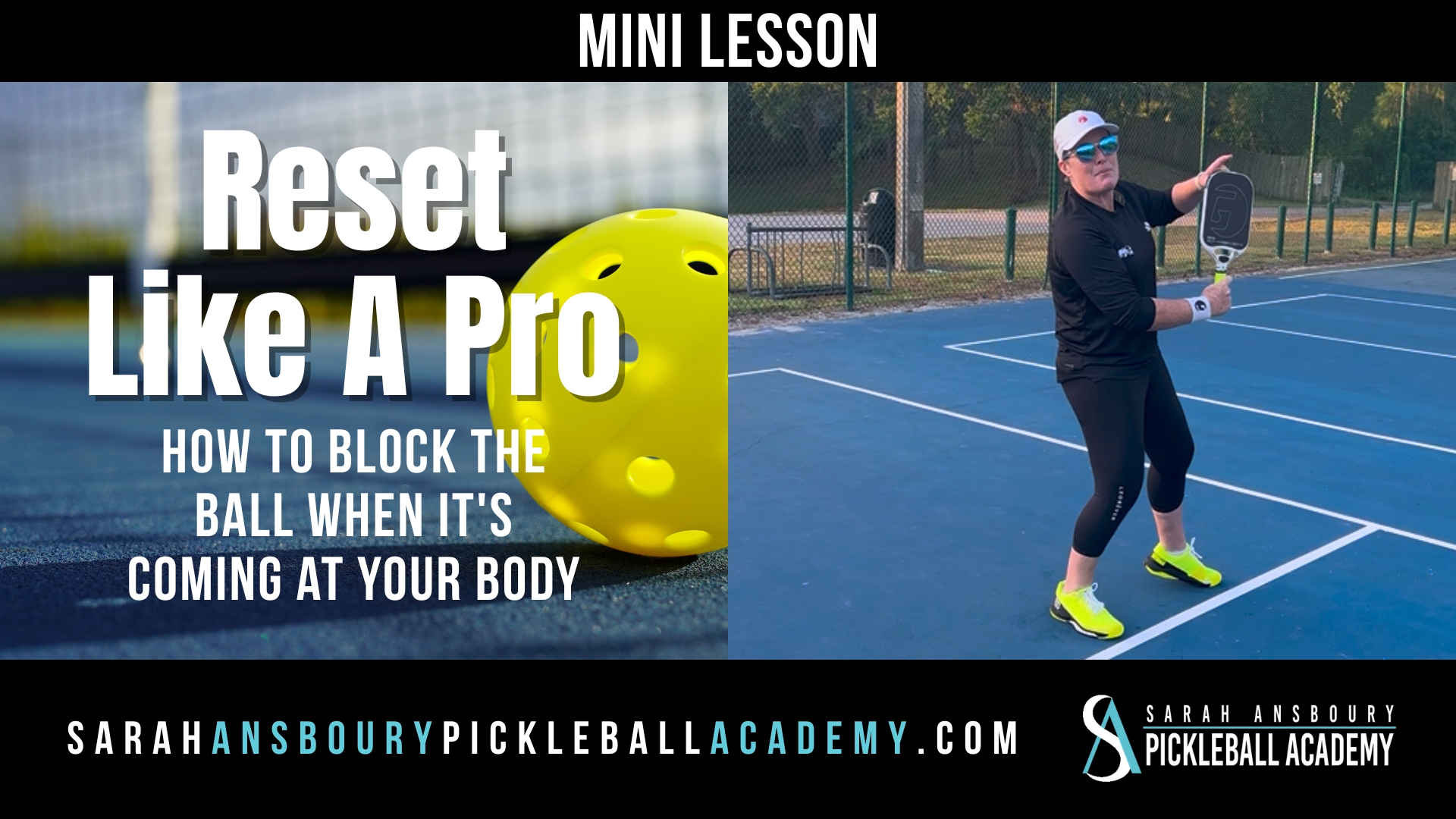If you are a student of the game you know that pickleball lobs are often employed differently depending on the skill level of the players. Let’s examine why players lob, and how players at any skill level can improve.

Lobbing Differences
As we travel and play pickleball around the country we have noticed regional or local differences. In some areas, it seems that lobs are used on nearly every shot. It seems that everyone lobs from any area of the court. When I play with these players I take time to analyze their tendencies or patterns. Once I have identified the pattern I know when they are about to throw up the next lob.
We have also noticed that newer players lob far more frequently than advanced players. There are obvious reasons that some players find this to be a “winning” strategy:
- Their opponent is not fast enough to get to the ball;
- Their opponent is hunched over, focusing their headlight or bullseye on the floor making it more difficult to move.

- Their opponents think their partner will get it.
However, to advance these players and their opponent’s must change their thinking. First, consider that you might be faster than you think…the key is turning and running to retrieve the lob rather than shuffling backward. Second, remember to maintain proper posture. And finally, believe in your ability and communicate with your partner.
Pickleball Lobs…Mid-Court, Baseline, NVZ
Newer players also seem to lob from anywhere on the court. Perhaps it is because they toss up a lob as a reaction or to buy time.
At the pro level, you will rarely see a defensive lob (i.e. a lob to buy time). Instead, nearly all lobs will be initiated when all four players are at the non-volley zone line. And when we lob, we aren’t expecting to win the point. Instead, we fully expect the player or players to retreat, retrieve the ball and most often hit a third shot drop to reset the point and work their way back to the line.
Improving Your Pickleball Lobs
If you want to take your game to the next level, spend some time improving your lobs from the non-volley zone line. When you are in the midst of a dink rally, consider these three keys to better lobbing:
- Identify the best time to lob: Is your opponent leaning too far forward? If so…
- Are you balanced? Is this a ball you can easily return? If so….
- Take the dink out of the air.
I prefer to take a dink in the air rather than off of a bounce. Often I find players will back up and allow the ball to bounce. By moving backward, their weight is moving away from the direction they intend the ball to go. Also, the ball slows down after it bounces making the shot a little harder to make.
Consider these three keys to more effective pickleball lobs and incorporate them into your practice.

